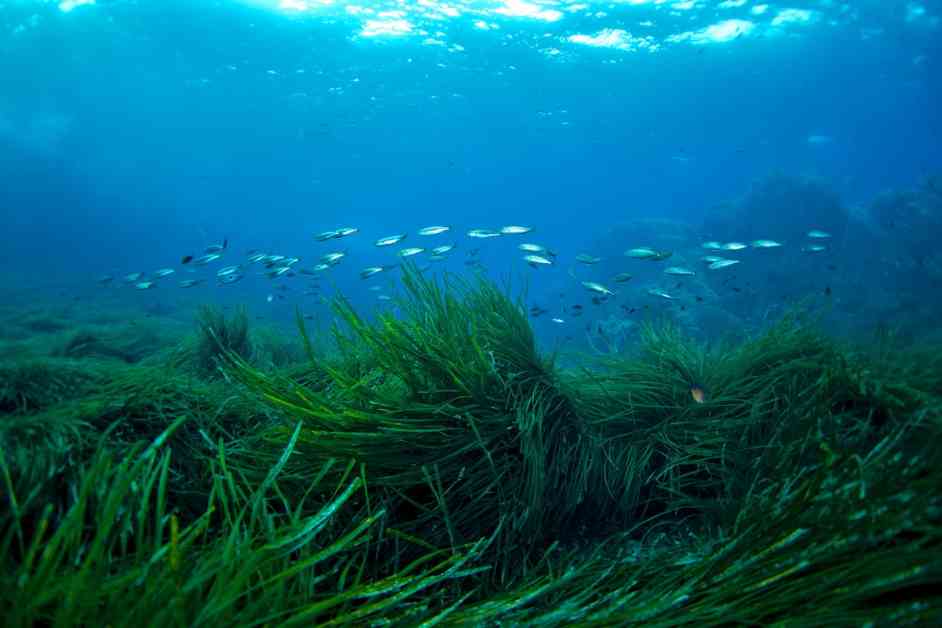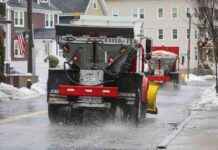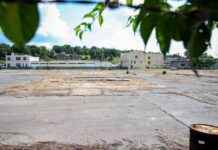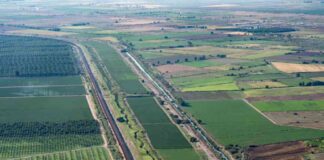Seagrass meadows are apparently the unsung heroes of climate change mitigation, according to a new study. These underwater ecosystems have the capacity to capture and store massive amounts of carbon, making them a crucial player in the fight against climate change. The study, led by researchers from Florida International University (FIU) in collaboration with Conservation International’s Blue Carbon Institute, found that protecting seagrass meadows that are deemed “at-risk” could prevent climate damages exceeding $200 billion. That’s a pretty hefty sum, don’t you think?
The lead author of the study, Johannes Krause, emphasized the importance of seagrass meadows not only for marine biodiversity but also for their significant role in absorbing carbon. The team of scientists collected samples from around the globe in the most comprehensive examination of vegetated coastal ecosystems ever conducted. Surprisingly, even though these coastal ecosystems cover only two percent of the seabed, they store nearly half of the organic carbon buried in ocean sediments. Talk about punching above their weight!
Seagrass meadows in certain regions like Temperate Southern Africa and the Tropical Atlantic, including those along the Florida coast, were found to have the highest carbon stocks globally. These areas can sequester carbon equivalent to the annual emissions of 10 to 22 cars with just one hectare of seagrass. It’s pretty mind-blowing how much impact these seemingly humble ecosystems can have on our climate, isn’t it?
The study also highlighted the importance of conserving seagrass meadows as a cost-effective strategy for mitigating climate change. The researchers stressed the need to integrate seagrass protections into nations’ commitments under the Paris Agreement and to include seagrasses as a blue carbon source in carbon credit methodologies. If we fail to act now, we risk losing these vital ecosystems and the carbon stores they have accumulated over centuries, exacerbating the effects of climate change. So, it’s time to step up and prioritize seagrass conservation on a global scale. Let’s do our part to protect these underwater wonders and safeguard our planet’s future.














